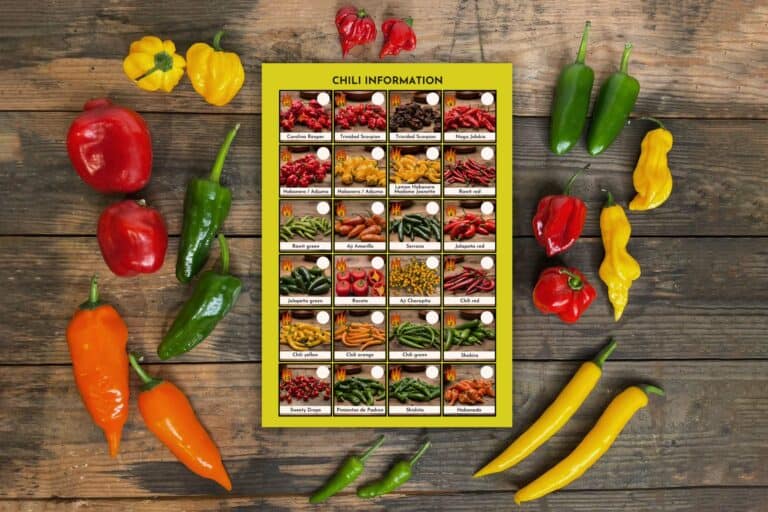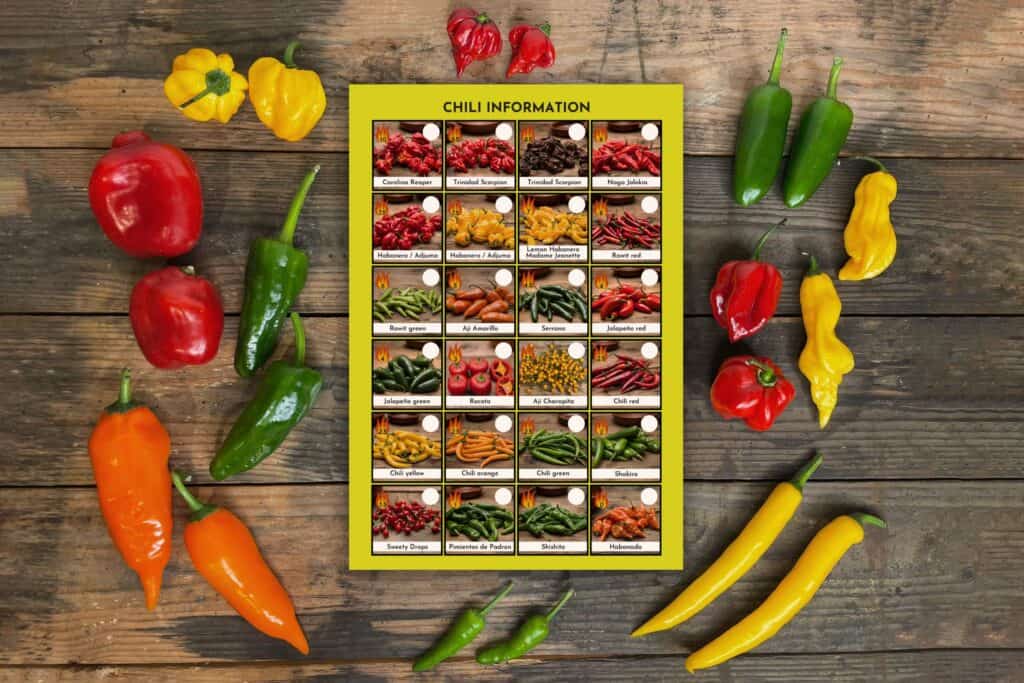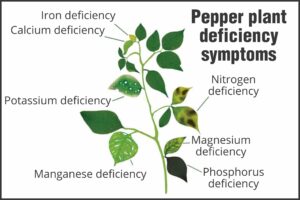
Tips for caring for your curry plant
We are currently selling a number of curry plants (pickup on location) and in doing so, we get a lot of questions about how best to go about it. Read our blog with important basic tips here.
Share:

Share:

The Scoville scale is a measure of the spiciness of chili peppers and other products that contain capsaicin. Capsaicin is a chemical that occurs naturally in chili peppers and is responsible for the spiciness or "hot" sensation you feel when you eat a pepper. Capsaicin is most commonly found in the seeds (the white membranes) of the pepper. Hence, the tip of a pepper is often a lot less hot than the rest of the pepper because there are almost no seeds here.
The Scoville scale was developed in 1912 by American chemist Wilbur Scoville. Capsaicin is measured in Scoville Heat Units (SHU), which indicate how much sugar water is needed to neutralize the heat of the pepper. The scale ranges from zero (no detectable capsaicin) to several million (extremely hot).
The Scoville scale helps people choose peppers that match their taste and tolerance for spiciness. In fact, people who eat spicy food regularly may develop a higher tolerance to capsaicin, meaning they are less likely to experience the burning sensation. Still, some people may remain highly sensitive to the substance, even with milder chilies.
peppers are natural products and depend on nature's conditions, this means that a pepper needs a lot of light and heat to get its sharpness. In the months of January, February and March when the peppers come from Spain, Morocco and Israel, the peppers may be less hot due to little sunlight. This can also occur in the summer months when we have less sun than normal here in the Netherlands. This can cause the spiciness of the chilies to differ, this is something we unfortunately have no influence on. The scoville values below are indicative and not a guarantee, this is according to online sources, we do not test our chillies, because this may vary each time.
Click on the image to go to the corresponding product, for more information or to order it.

We are currently selling a number of curry plants (pickup on location) and in doing so, we get a lot of questions about how best to go about it. Read our blog with important basic tips here.

We know that many pepper lovers also enjoy growing their own peppers. In this blog you will find a brief overview of which nutrients are needed for healthy growth of your pepper plants.

Visit Westland introduces three new bicycle routes along 22 growers in the Westland region. Westlandpeppers is in one of these routes. Read our blog here for more information.
| Monday | from 8:00 a.m. to 5:00 p.m. |
|---|---|
| Tuesday | from 8:00 a.m. to 5:00 p.m. |
| Wednesday | from 8:00 a.m. to 5:00 p.m. |
| Thursday | from 8:00 a.m. to 5:00 p.m. |
| Friday | from 8:00 a.m. to 5:00 p.m. |
| Saturday | from 8:00 a.m. to 12:00 p.m. |
| Sunday | Closed |
Burg. Crezeelaan 44A
2678 KZ De Lier
The Netherlands
© Westlandpeppers | Webshop by Buro Staal

Monday, Easter Monday, the web shop will be closed. Orders placed after Friday morning 10:00 a.m. will be processed Tuesday, April 22. Happy Easter! 🐣